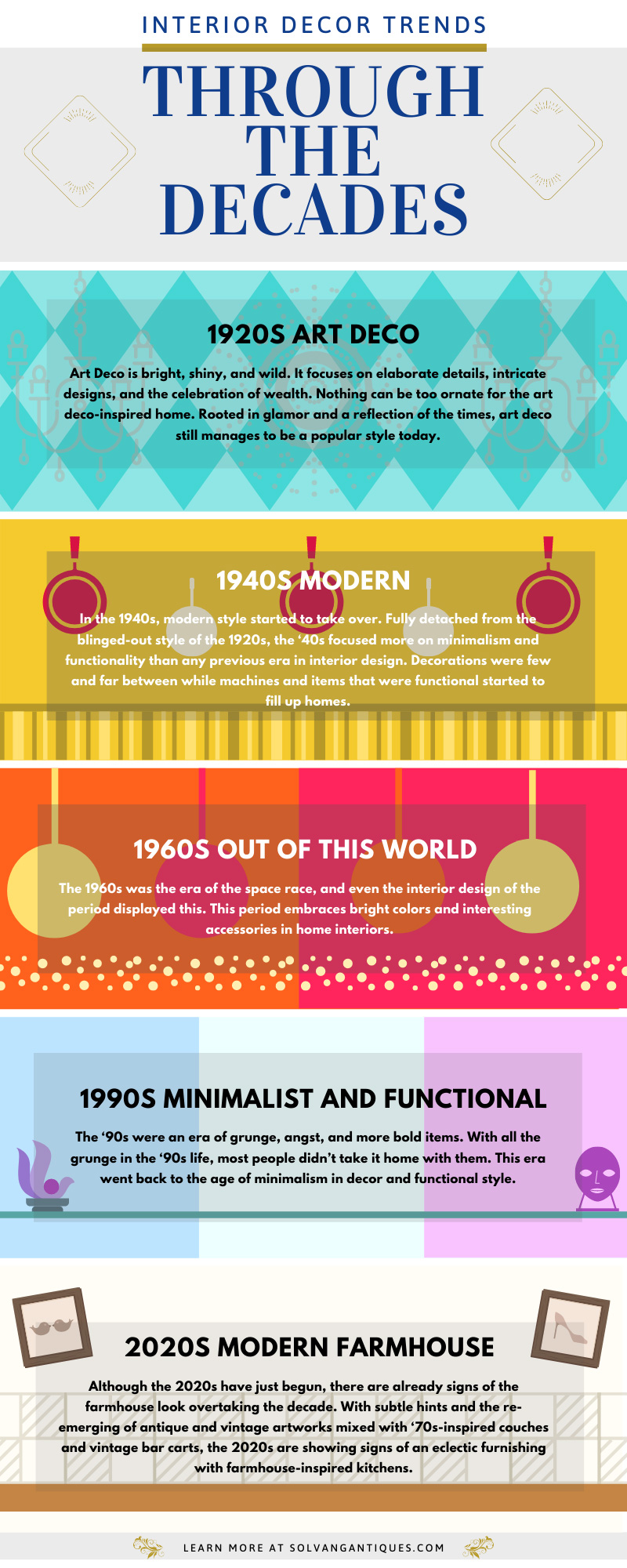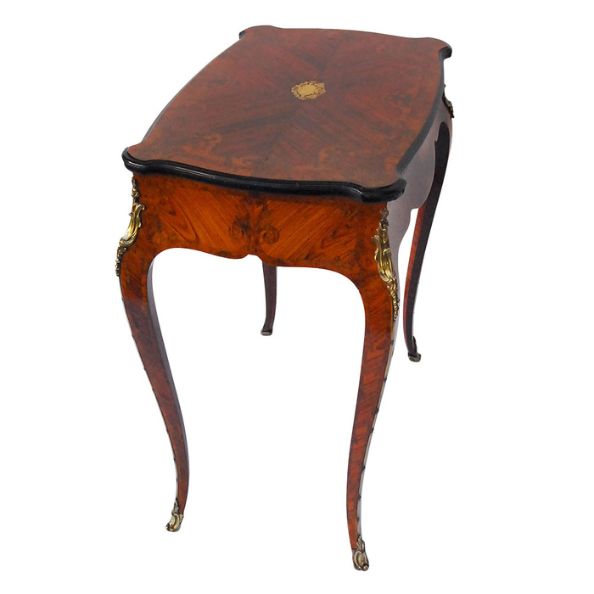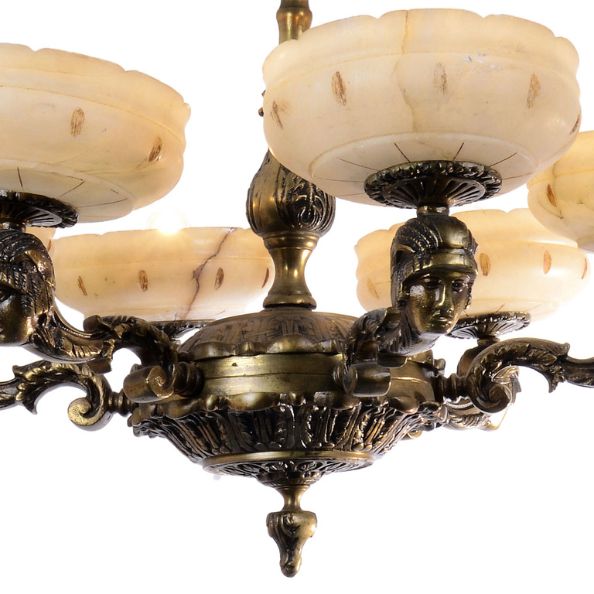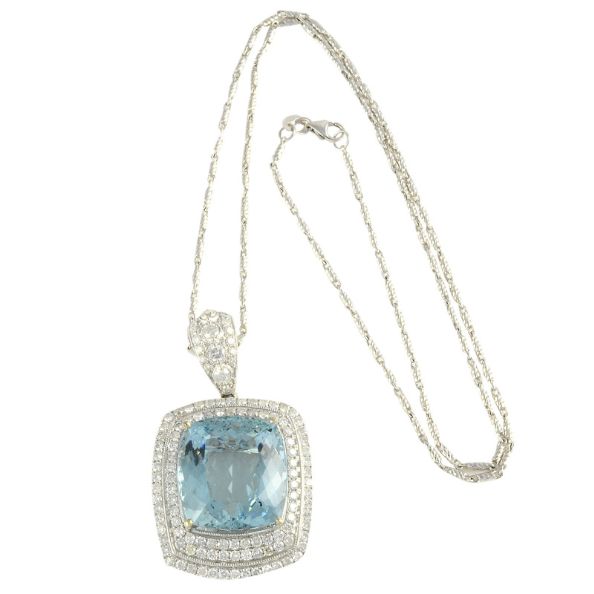Interior Decor Trends Through the Decades
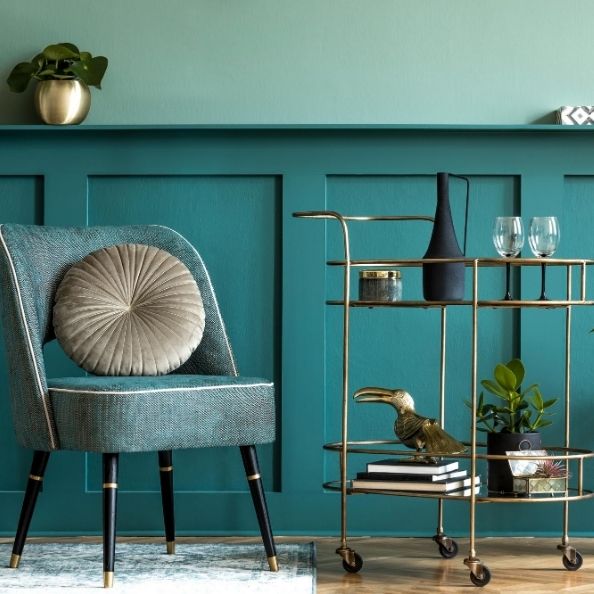

One of the most influential parts of a home’s style is the interior decor. Interior design is something that can truly transform a place from a blank canvas into a living space. Decor is what makes a house into a home. While the styles can reflect a family’s personality, it can also reflect decades. All forms of style tend to cycle through as decades turn. This includes clothing styles, music styles, and even interior decor styles. Check out this list of the most popular interior decor trends through the decades.
1920s Art Deco
In the roaring ‘20s there was a heavy emphasis on the Art Deco style of interior design. Art Deco is bright, shiny, and wild. It focuses on elaborate details, intricate designs, and the celebration of wealth. Nothing can be too ornate for the Art Deco-inspired home. Rooted in glamor and a reflection of the times, Art Deco still manages to be a popular style today.
1930s Streamlined and Clean
The 1930s shifted away from the garish art deco style and found its home in rounded corners, matching materials, and strong, clean lines. This style reflects the quickly changing times between the start of the 1920s and the ‘30s. For this interior design trend, be sure to focus on stainless steel, furniture that is low to the ground, and tons of antique art pieces placed around the home.
1940s Modern
In the 1940s, modern style started to take over. Fully detached from the blinged-out style of the 1920s, the ‘40s focused more on minimalism and functionality than any previous era in interior design. Decorations were few and far between while machines and items that were functional started to fill up homes. There were influences of glass and steel as the focus inside a home turned to technology rather than trinkets.
1950s Scandinavian
By the time the 1950s rolled around, the Modernist movement was in full swing. While the Scandinavian style kept all the positive aspects of functional pieces, it also worked in the style and class that came with decor. This led to affordable furniture that was still stylish. Consequently, the middle and lower classes were able to afford stylish interiors for the first time, whereas that had previously been available only to the upper classes. This is still a wildly popular style today, as it blends function and style in an affordable and fun manner.
1960s Out of This World
The 1960s was the era of the space race, and even the interior design of the period displayed this. This period embraces bright colors and interesting accessories in home interiors. While a focus on crafted wooden pieces remained popular , plastic was suddenly becoming a must in home furnishings and decor for the first time. Wallpaper was taking over in intricate designs, and the introduction of colored carpeting swept the nation. While most of this era of interior design is no longer mainstream, plastic remains an innovative and popular furnishing material for many homes.
1970s Bright and Nature-Driven
This era was a movement back to nature. It focused on natural colors, patterns, and the brightly colored patterns that matched the tone of the hippie movement. Interior design was all about connecting with nature and bringing tons of natural elements into a home. It brought back the normalization of wooden furniture, tons of houseplants, and even wooden countertops. It’s also notable that most bathrooms and kitchens displayed fun-colored (typically green) porcelain elements.
1980s Bold and Edgy
The ‘80s were all about moving back to a more minimal look while keeping the fun color schemes of the ‘70s. This era was all about making a statement. Statement pieces weren’t just an addition to interior design elements—they were necessary for proper decor. Bold colors, statement pieces just too loud to ignore, and edgy furniture that was diverse, eclectic, and interesting were the defining characteristics of the decade.
1990s Minimalist and Functional
The ‘90s were an era of grunge, angst, and more bold items. With all the grunge in the ‘90s life, most people didn’t take it home with them. This era went back to the age of minimalism in decor and functional style. With additional tech finding its way into the home scene, the space for decorative items and small figurines started to shrink and shift toward having more open space in the home and much less furniture—think only the essentials.
2000s Bold and Gold
The early 2000s were a huge transition. A new look for the new millennium was all the rage at this time. Jean fabrics were particularly popular in the home, and gold hardware was the new norm for all modern homes. Decor and interior design focused on family with large, custom kitchens and gorgeous, eye-catching cabinets made of wood and glass to display decor items, family photos, artwork, and more.
2010s Bespoke and Eclectic
By the 2010s, electric was in. As furniture stores started to shift to the online-only model, people were finding it more economical and unique to turn to resale shops, garage sales, and resale apps to find unique vintage furniture. This meant that the style was a blend of all the previous decades before it, taking the most stylish and interesting of each era and creating a bold new standard in interior designs.
2020s Modern Farmhouse
Although the 2020s have just begun, there are already signs of the farmhouse look overtaking the decade. With subtle hints and the re-emerging of antique and vintage artworks mixed with ‘70s-inspired couches and vintage bar carts, the 2020s are showing signs of an eclectic furnishing with farmhouse-inspired kitchens. Farmhouse sinks, old-style lightbulbs, and the ever-modern smart home elements are blending together to give 2020 a wonderfully futuristic yet laid back style in home interiors.
For all of your antique, vintage, and estate interior design items, and to find fine antique art for sale online, check out our collections at Solvang Antiques. Our showroom is now completely online, making it easy to browse and ship to your door.
